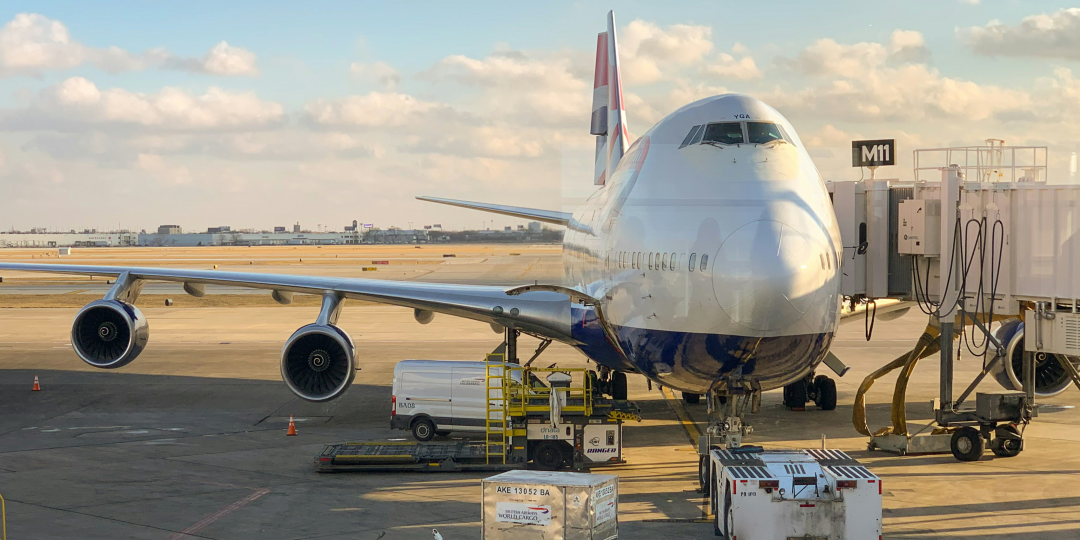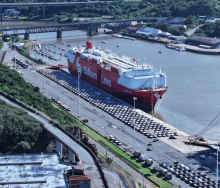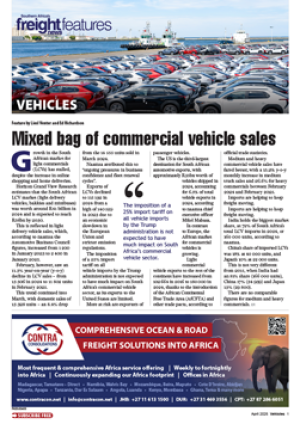Global air cargo demand measured in cargo tonne kilometres (CTK) rose by 4.4% in March compared with the same month last year.
This is according to the latest IATA data for global air cargo markets, released on Tuesday, which showed that international operations had hit a growth peak of 5.5% for the month.
Capacity, measured in available cargo tonne kilometres (ACTK), expanded by 4.3% while capacity for international operations grew by 6.1%.
“March cargo volumes were strong. It is possible that this is partly a front-loading of demand as some businesses tried to beat the well-telegraphed 2 April tariff announcement by the Trump Administration,” said IATA Director General, Willie Walsh.
“The uncertainty over how much of the 2 April proposals will be implemented may eventually weigh on trade. In the meantime, the lower fuel costs, which are also a result of the same uncertainty, are a short-term positive factor for air cargo.”
Walsh said, with the temporary pause on implementation, the industry hoped that political leaders would be able to shift trade tensions and develop reliable agreements to restore confidence in global supply chains.
According to IATA, several factors in the operating environment should be noted, including that volumes typically rose in March after a lull in February and, as such, the single-digit increase was in line with pre-COVID growth trends.
Jet fuel prices dropped 17.3% year-on-year, marking nine straight months of year-on-year declines.
“The sharp rise in US tariffs and new trade rules, especially the 2 May ban on duty-free imports from China and Hong Kong, may have prompted companies and buyers to make purchases in advance to avoid significant import fees,” said IATA.
“World industrial output grew 3.2% year-on-year, and trade volumes expanded 2.9%. Many key Consumer Price Inflation indices fell: US inflation was 2.4%, down 0.4 points from February, EU CPI was 2.5% and Japan’s rate fell 0.1% to 3.6%. China remains in deflation but this eased to -0.1%.”
Asia-Pacific airlines saw 9.6% year-on-year demand growth for air cargo in March, the strongest growth among the regions. Capacity increased by 11.3% year-on-year.
North American carriers saw a 9.5% increase in demand growth for air cargo, while capacity increased 6.1%.
European carriers recorded a 4.5% increase in demand growth and capacity increased 2%.
Middle Eastern carriers saw a 3.2% decrease in demand growth for air cargo. Capacity increased by 0.8%.
IATA noted that it was possible the weakness seen in this market was due to year-on-year comparison with the strong growth at the start of 2024 resulting from the disruption to Red Sea maritime freight.
Latin American carriers saw 5.8% growth in demand, while capacity increased 4.7% year-on-year.
African airlines saw a 13.4% drop in demand for air cargo, the slowest among the regions. Capacity increased by 10.5% year-on-year.
“The Europe-North America route was the busiest trade lane in March. The largest trade lane by market share, Asia-North America, also grew strongly, possibly encouraged by front-loading shipments ahead of potential increased tariffs. Europe-Middle East and Africa-Asia were the only trade lanes to decline in March,” IATA said.













